Show Me the Money
Multispectral imaging finds the fakes
Counterfeiting is as old as money itself. It is said that currency in the form of coins first appeared between 650-600 BC in the ancient Greek city of Lydia…and the first fakes likely showed up a couple of days later. Forgery is so common through history that some call it the “second oldest profession.” At the end of the U.S. Civil War, one third of all American bank notes were counterfeit, and the U.S. Secret Service was created primarily to eliminate counterfeiting.
Despite 150 years of trying, they haven’t been entirely successful. According to a recent Bloomberg article, in 2013 the U.S. Secret Service arrested over 3600 people for counterfeiting and recovered almost $160 million in counterfeit U.S. bills. While counterfeit bills make up only a tiny fraction of the 1.27 trillion U.S. dollars in circulation, governments pursue forgers aggressively to protect consumers, business owners, and faith in economies in general. The issue is truly international; almost half of counterfeit U.S. notes were recovered outside the U.S., and there are plenty of forged euros, pounds, and renminbi hiding in plain sight in wallets around the world. There are good reasons why it is hard to “break a hundred” dollar bill, especially if you’re only buying a pack of gum.

In response, currency printers have introduced dozens of security features to try to stem the tide, usually used in multiple combinations. Weapons in the security feature arsenal include special paper (and non-paper polymers), intricate background patterns, micro-printing, magnetic ink, optically variable ink, security threads, embossing, fluorescence, phosphoresce, transparent windows, and watermarks…among others.
What does this have to do with digital imaging?
In a sense, digital imaging is part of the problem—the convenience of modern high quality scanning, copying, and printing makes counterfeiting much more accessible to far more people than ever before. On the other hand, digital imaging is also part of the solution.
Watermarks that are only apparent under nonvisible wavelengths of light have become important security features in distinguishing legitimate banknotes from forgeries. Some security strips glow visibly under UV illumination. Others can only be detected by both illumination and scanning in near infrared (NIR) bands. For businesses or institutions that produce or process high volumes of banknotes, automation is vital, and this is where machine vision provides solutions, especially with new chip and filter designs that make the process more efficient than ever.
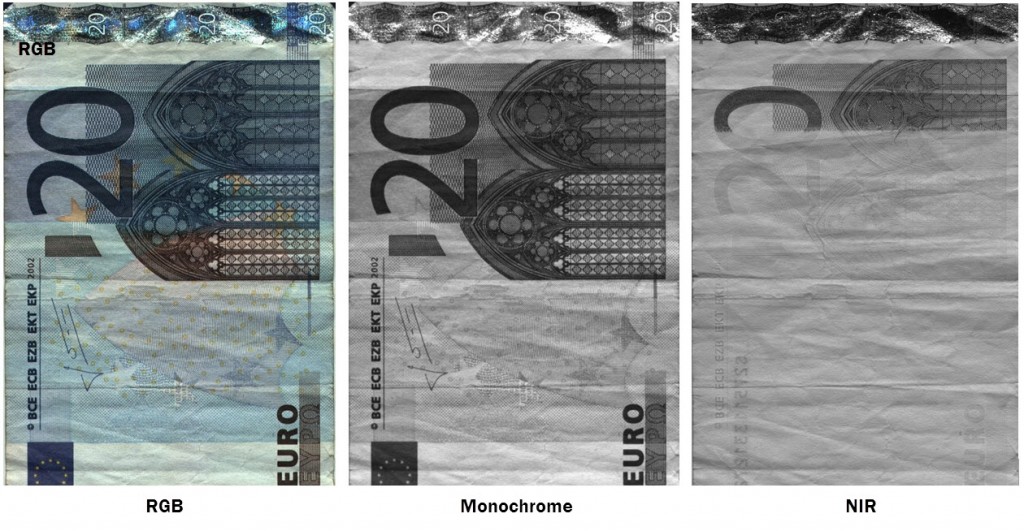
Multispectral imaging is not new, but in the past it has required multiple cameras, increasing system cost and complexity. It can also be done with multiple shots taken by the same camera using different filters, although switching filters can mean moving physical parts, which limits throughput and adds complexity. Continously streaming a web of banknotes past a single camera that captures multiple spectral bands would be faster and simpler in system terms. Cameras such as Teledyne DALSA’s Piranha4 RGB+NIR take this principle to the logical next step by integrating multiple image capture regions on the same line scan CMOS image sensor chip, each with its own spectral filter.
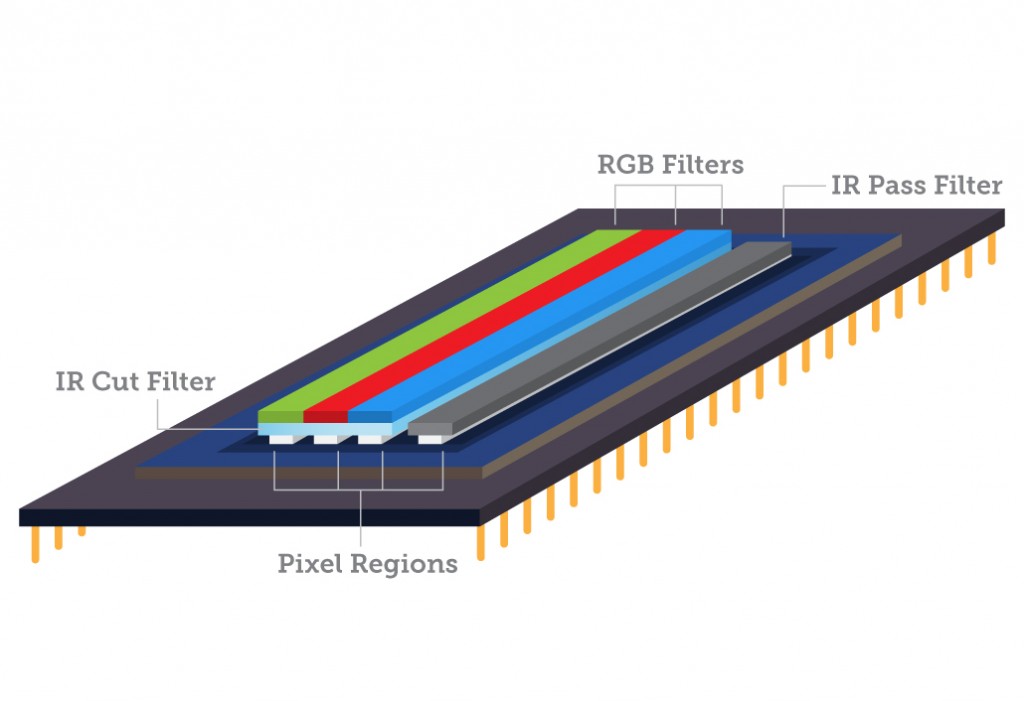
Credit: Teledyne DALSA
In the Piranha4’s case, the filters are dichroic thin film layers applied directly to the sensor at the wafer level which selectively pass light within a range of wavelengths while reflecting others. The selective reflection principle is the same as for prism-based color cameras, but thin films do not require large chunks of glass or the tricky bonding and mechanical alignment of such prisms.
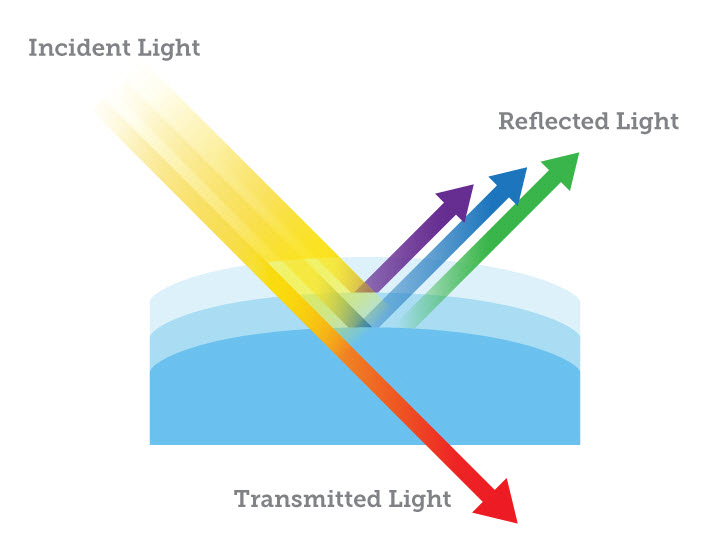
Compared to other types of filters (such as absorption), interference filters like these have a longer lifetime because they reflect energy instead of absorbing it. They can also be reliably tuned to specific wavelengths, which is key for multispectral applications.
It should be noted that illumination is another key to multispectral imaging. NIR security features only show up if the inspection situation includes NIR light—usually from specific light sources, including NIR LEDs. So if you want multispectral imaging to show you the money, you will first need to get your technology in order. You can be sure the Secret Service does.
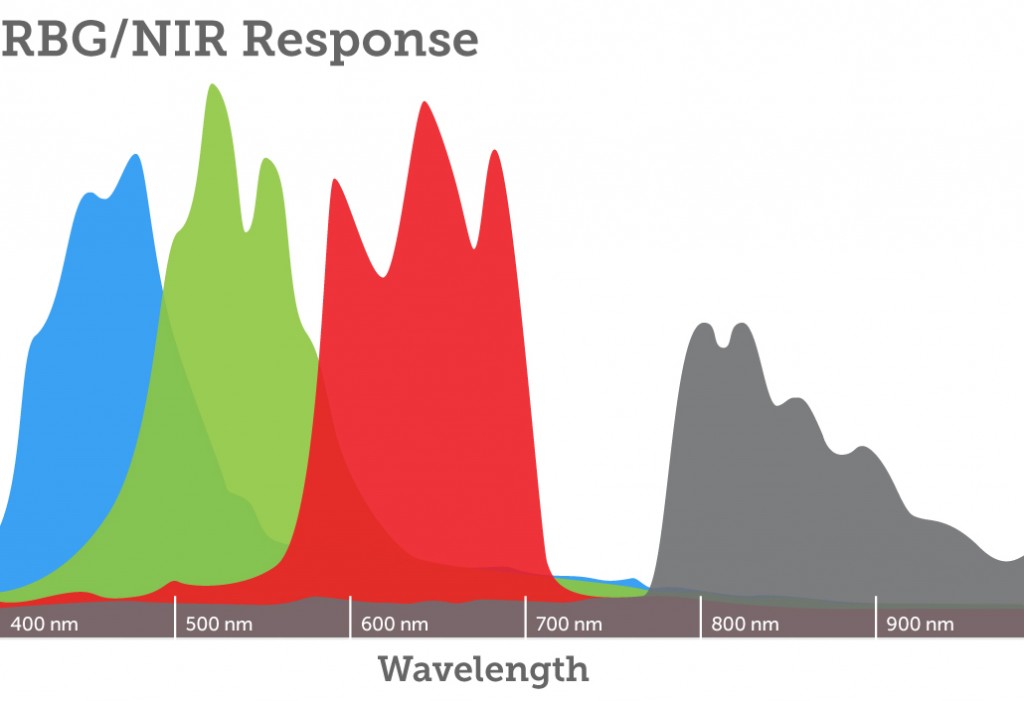
Don’t say we didn’t warn you.
Just so we’re clear, counterfeiting is illegal and you shouldn’t do it. In the United States, creating counterfeit U.S. currency or changing genuine currency to increase its value can result in a fine and/or imprisonment of up to 15 years according to Title 18, Section 471 of the United States Code. Canada’s Criminal Code (section 450) makes counterfeiting money an indictable offence, with a maximum term of 14 years’ imprisonment.



 When the Invisible Becomes Visible
When the Invisible Becomes Visible 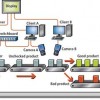 Industrial Inspection: Line-scan-based vision system tackles color print inspection
Industrial Inspection: Line-scan-based vision system tackles color print inspection 